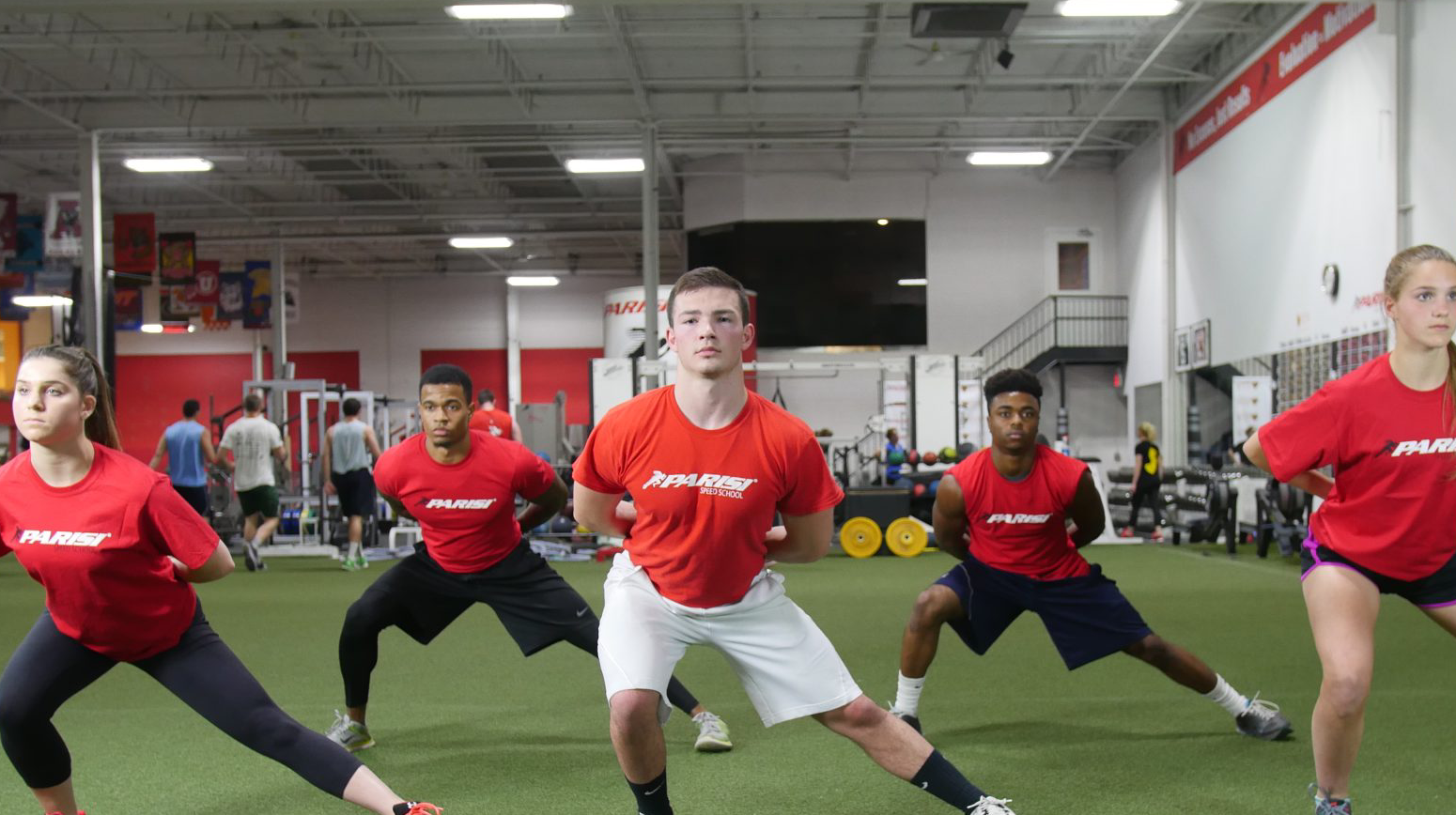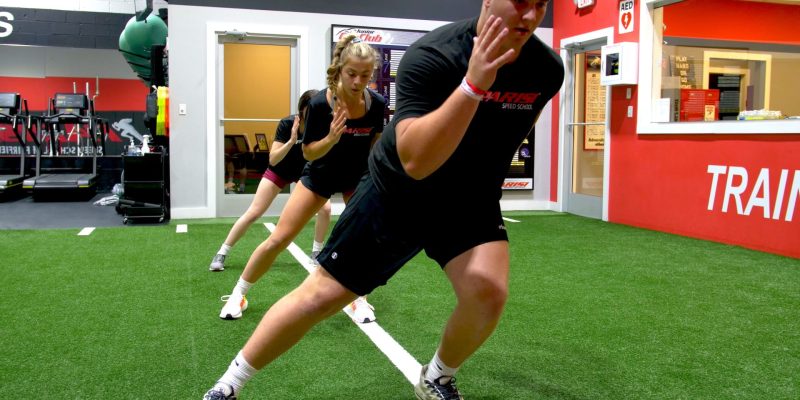We live in a short-attention span society.
Scroll, scroll, scroll.
How fast can I order take out?
Scroll, scroll, scroll.
It’s not on sale? Pass.
Scroll, scroll, scroll.
I think I’ve made my point. Our world is fast paced, more now than ever before.
What makes you think coaching athletes is any different? The kids we train, regardless of their age, want to get in, get to work, get results… and they want to do it fast.
If you’re reading this and thinking that speed is a slow-baked process, then you’re already behind the times and you aren’t going to be able to meet your athletes expectations.
The average high school kid plays sports 9 months out of the year. You would be lucky to have them for the 12 weeks when their calendar is the lightest.
Chances are, you won’t be able to. It’s critical to your success as a Sports Performance Coach that you be able to test and assess (Coach, go back and read part 1 of this series if you haven’t!) and then apply the teaching principles in an action-driven way for your athlete.
3 no-nonsense applications to get your athletes moving FAST
In my opinion, there are three absolute ‘go-to’ movements that not only TEACH the mechanisms to be fast, but also allow your athletes to feel out and directly apply the action they are creating.
The single-leg wall drive
The single-leg wall drive is my favorite mechanical drill for linear speed. The wall supports the athlete into a great acceleration angle. The swinging leg creates forward momentum. The forward momentum then allows the athlete to achieve a hip lock position in the pelvis.
And the best part?
This all happens without even having to cue shin position or leg drive.
I’m a big fan of applications and drills that put the athlete in to better positions. If the athlete can feel it, they can understand it.
Bosch drills
Frans Bosch is a smart guy. His whole arsenal of drills are phenomenal for teaching and implementing hip lock and training maximum speed. I specifically like the running variation shown in the video above. This running variation with a PVC pipe simply teaches the athlete to stay tall and allows them to feel any excess rotation that may occur in their sprint.
The bonus here is from a Coaches perspective the PVC pipe will show you if the rotation favors one side or if the athlete dips or folds as they run. The pipe can be much easier to see relative to the athlete’s shoulders or hips.
Heavy sled sprints
Last spring, world-renowned speed researcher and professor, Ken Clark, joined our Sports Performance Mentorship in a Q&A. When asked what was the most misunderstood training tool for speed, Ken answered “heavy sled sprints” without hesitation.
The case for heavy sled sprints, using weights upwards to 80% of the athletes bodyweight, is that it forces the athlete into the positions needed to apply force. The second rational is a simple one; to move mass you must produce big amounts of force. A heavy sled (relative to the athlete’s size) gets that done.
What’s next?
Looking for a Parisi Speed School near you? Check out our Location Map.
Are you a Coach interested in joining the Parisi Speed School Network? Download our Free Guide.


 Are you REALLY Training Speed? Part 1 – Testing
Are you REALLY Training Speed? Part 1 – Testing